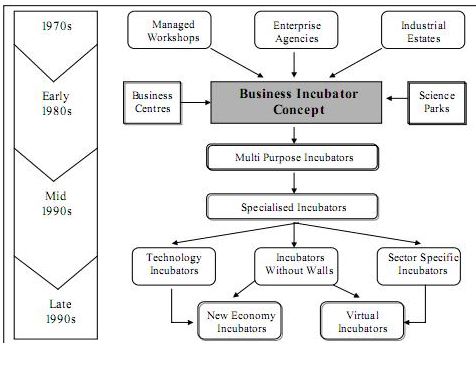I went to my Town Council sponsored "Community Consultation" workshop this week, advertised as "Your chance to set the Vision for the new Town Planning Scheme".
Being a professional facilitator of workshops and community consultations, who uses words and the syntax of words as tools of trade, I was reminded at the workshop of the ability to use careful language in a manufactured syntax to obtain a predetermined result.
The workshop was formatted as a scenario exercise or game. The first part of the game was set by a video presentation that showed a vibrant town centre and an explanation that in order to achieve such a vibrant town centre whilst in competition with other, nearby "attractive" shopping and cappuccino strip town centres, we needed to increase the population. We were then led to an exercise which asked us to prioritise four ways to increase population:-
1. Using the Town's history and stories;
2. Encouraging "adventurous" out of the ordinary shops to open there;
3. Creating interesting public squares and spaces; and
4. Organising street events like markets and festivals.
This was an interesting exercise and everyone played the game by discussing and ranking the options into priorities. However it occurred to me that the language had...
Read more
How NOT to run a community consultation!


 Harvard Business School change management guru John Kotter outlines the fundamental differences between Leadership and Management as follows:-
- Establishing direction vs Planning & Budgeting
- Aligning people vs Organising and staffing...
- Motivating & inspiring vs Controlling & Problem-solving.
In Kotter's view, while management produces an order of predictability, order, and the capacity to attain desired short term targets, the qualities of Leadership prodeuces change, often to a dramatic degree and often potentially useful change to create a future vision.
In my consulting, I use my own process called vision-driven planning, first creating a vision for the group (in great detail, to the degree that it is internally viable and credible) which is then quantified through a Balanced Scorecard approach ("If we were to achieve our vision, how must we look and behave in the area of..."). The quantification of the vision is converted into Performance Measures, and then these are redirected as Strategies.
It works exceptionally well for SME's in creating what I call a "POP" or Plan On a Page. However the obstruction I usually see is lack of "Leadership" in that often the SME owners and managers are extremely concerned with the now...
Harvard Business School change management guru John Kotter outlines the fundamental differences between Leadership and Management as follows:-
- Establishing direction vs Planning & Budgeting
- Aligning people vs Organising and staffing...
- Motivating & inspiring vs Controlling & Problem-solving.
In Kotter's view, while management produces an order of predictability, order, and the capacity to attain desired short term targets, the qualities of Leadership prodeuces change, often to a dramatic degree and often potentially useful change to create a future vision.
In my consulting, I use my own process called vision-driven planning, first creating a vision for the group (in great detail, to the degree that it is internally viable and credible) which is then quantified through a Balanced Scorecard approach ("If we were to achieve our vision, how must we look and behave in the area of..."). The quantification of the vision is converted into Performance Measures, and then these are redirected as Strategies.
It works exceptionally well for SME's in creating what I call a "POP" or Plan On a Page. However the obstruction I usually see is lack of "Leadership" in that often the SME owners and managers are extremely concerned with the now...
 In Australia, business incubation was supported by governments in the 1990’s but since then, the term has been
somewhat debased by “fashion” and carpet-bagger consultants trying to ride a
catchy phrase transformed it to become an offering of its parts rather than as
a total concept.
Hence many consultants now offer “Business Incubation services” to Indigenous organisations, to the extent that in
Indigenous organisations today the term “Business Incubation” means to offer
community members some form of support to help them start business, whether
this be micro-financing, business planning services, or book-keeping services.
While these individual services can help Indigenous small business owners, taken as individual services they cannot
holistically help develop a start up business invariably conceived by someone
in the community who is starting up from ground zero. Business services provided
singly do not provide the support and tailored tutoring and mentorship to
ensure the business aspirants are taken on the whole journey of business
start-up and establishment. What is an aspirant going to...
In Australia, business incubation was supported by governments in the 1990’s but since then, the term has been
somewhat debased by “fashion” and carpet-bagger consultants trying to ride a
catchy phrase transformed it to become an offering of its parts rather than as
a total concept.
Hence many consultants now offer “Business Incubation services” to Indigenous organisations, to the extent that in
Indigenous organisations today the term “Business Incubation” means to offer
community members some form of support to help them start business, whether
this be micro-financing, business planning services, or book-keeping services.
While these individual services can help Indigenous small business owners, taken as individual services they cannot
holistically help develop a start up business invariably conceived by someone
in the community who is starting up from ground zero. Business services provided
singly do not provide the support and tailored tutoring and mentorship to
ensure the business aspirants are taken on the whole journey of business
start-up and establishment. What is an aspirant going to...

